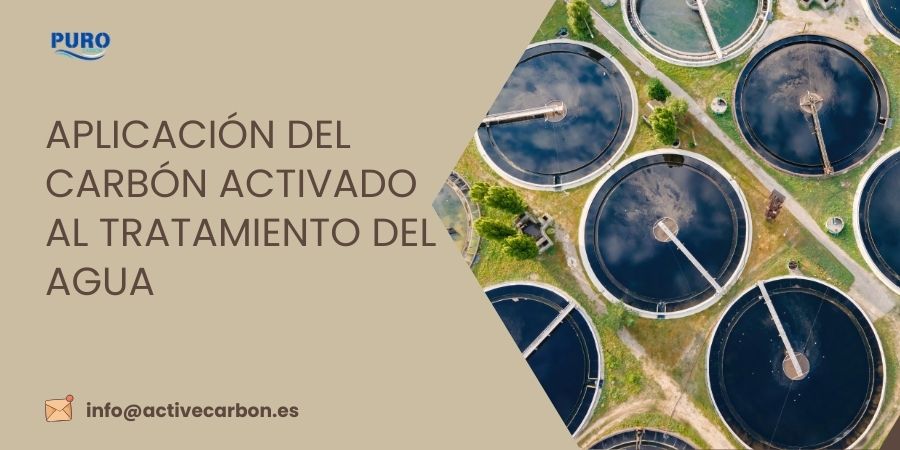The security of water resources is directly related to our health and social development.
In the face of chemical and microbiological pollution caused by industrial emissions, agricultural pollution and urban life, activated carbon has become an effective tool for water purification and pollutant removal due to its excellent adsorption properties.
In this article, we will discuss the role of activated carbon in water treatment, its working principle and its application in water quality treatment.
Principle of Activated Carbon in Water Treatment
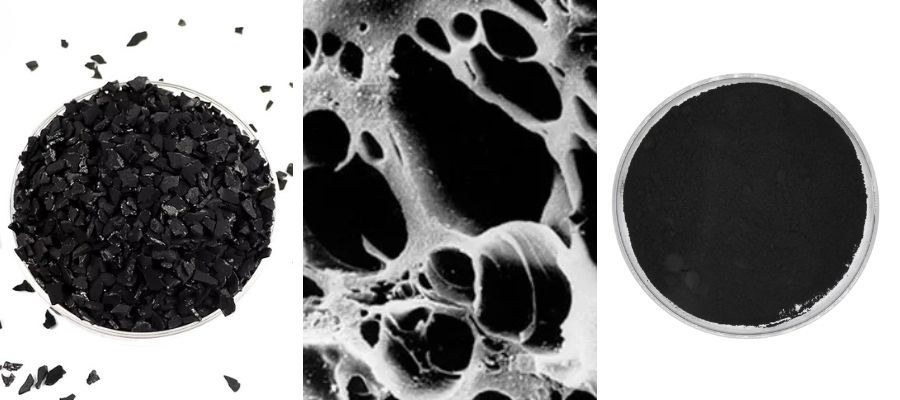
Activated carbon is a specially treated material with a highly developed adsorption structure and a large specific surface area, which gives it a remarkable adsorption capacity. In the field of water treatment, activated carbon acts mainly through two mechanisms: physical adsorption and chemical adsorption, being effective in the removal of organic compounds, chlorine, odors and colors from water.
Physical adsorption
Physical adsorption is the predominant process in activated carbon adsorption, which is based on the surface structure and large specific surface area of the material. Activated carbon has pores that are classified into micropores, mesopores and macropores, each capable of adsorbing molecules of different sizes. In water treatment, the large specific surface area and strong adsorption capacity of activated carbon make it an ideal choice for removing organic anions and residual chlorine.
Chemical adsorption
Chemical adsorption involves reactions between functional groups on the surface of the activated carbon and the contaminant molecules. This type of adsorption generally has a higher adsorption capacity and density.
Request a QuoteBenefits of Activated Carbon in Water Treatment

Activated carbon offers an effective and economical solution for the treatment of various wastewaters in industrial and municipal settings. The main advantages of using activated carbon in water treatment include:
- Organic Solvent RemovalIt is highly effective in removing organic solvents such as pesticides, biocides and dissolved organic carbon (DOC), making it a preferred material for reducing traces of these contaminants.
- Residual Chlorine and OdorTap water often contains residual chlorine and other by-products of chemical disinfection, which can be harmful to health. Activated carbon can effectively adsorb residual chlorine and its by-products, as well as remove odors and color.
- Heavy Metal RemovalActivated carbon, especially that treated with silver, can adsorb heavy metals such as lead and mercury, preventing damage to human health.
Activated Carbon Applications in Water Treatment
Activated carbon is widely used in the field of water treatment due to its excellent adsorption properties. Specific applications of activated carbon in different water treatment scenarios are described below:
Wastewater Treatment
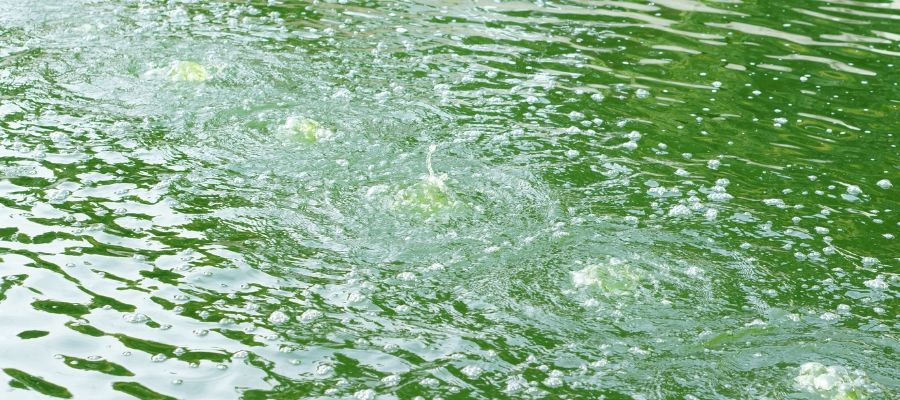
Wastewater, which includes highly contaminated water from industrial processes, agricultural chemical use and garbage leachate, must be treated prior to discharge into water bodies. Wastewater-specific activated carbon products can meet a variety of purification needs.
Drinking Water Treatment

Improves water quality by eliminating residual chlorine, organic solutions, odors and color, thus increasing water safety and aesthetics.
Process Water Treatment
Process water, used in manufacturing, includes wastewater that must be treated prior to consumption. Various shapes and sizes of activated carbon are available to meet treatment needs.
Groundwater Remediation
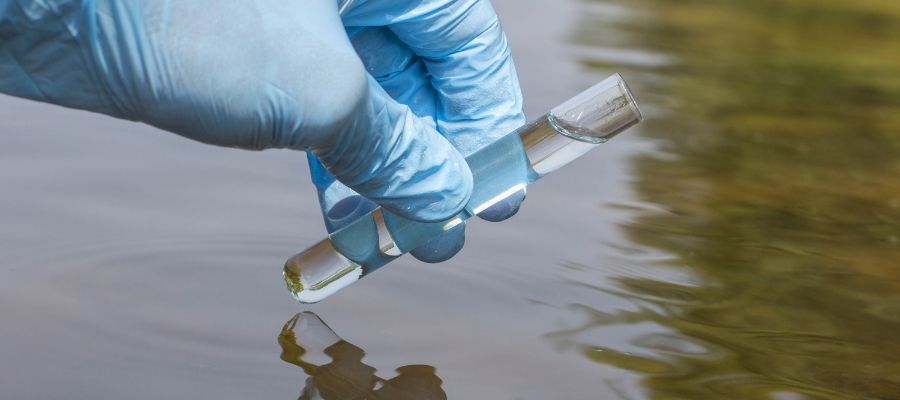
For contaminated soils, activated carbon can be an effective remediation material, helping to remove organic compounds and heavy metals.
Pretreatment and Recovery of Gray Water
In industrial water treatment systems, activated carbon is used to purify water, removing suspended solids and grease, thus protecting downstream treatment units. It is also used in water reuse systems, reducing dependence on natural water resources.
Request a QuoteSelection of Suitable Activated Carbon for Water Treatment
The choice of activated carbon type is crucial in water treatment, as it can remove organic compounds, chlorine, odors and heavy metals. Below are some common types of activated carbon and their applications:
Powdered Activated Carbon
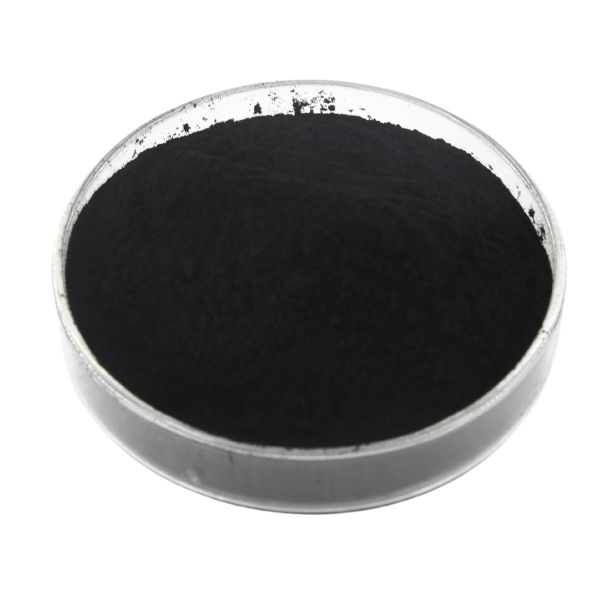
Ideal for emergency treatment, this type of carbon is used in case of sudden water contamination, such as algae or pesticides. It is also suitable for domestic treatment systems, offering a fast adsorption effect.
Request a QuoteCoconut Shell Granular Activated Charcoal
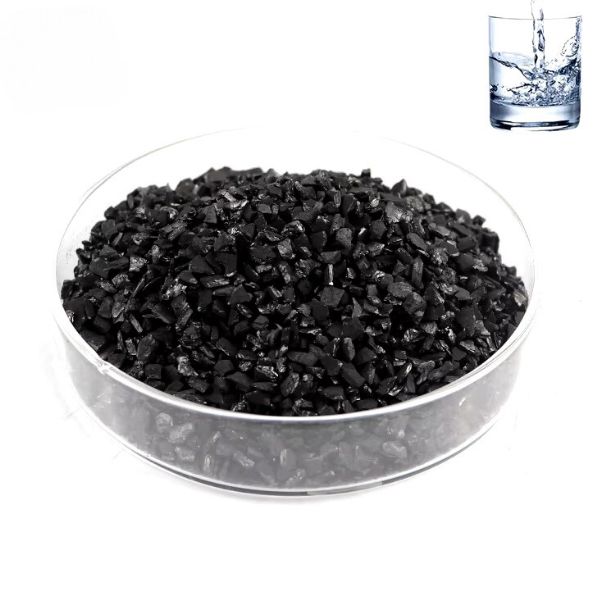
This type of carbon has high adsorption capacity and chemical stability, making it ideal for deep river purification.
Request a QuoteActivated Charcoal Granulated Charcoal
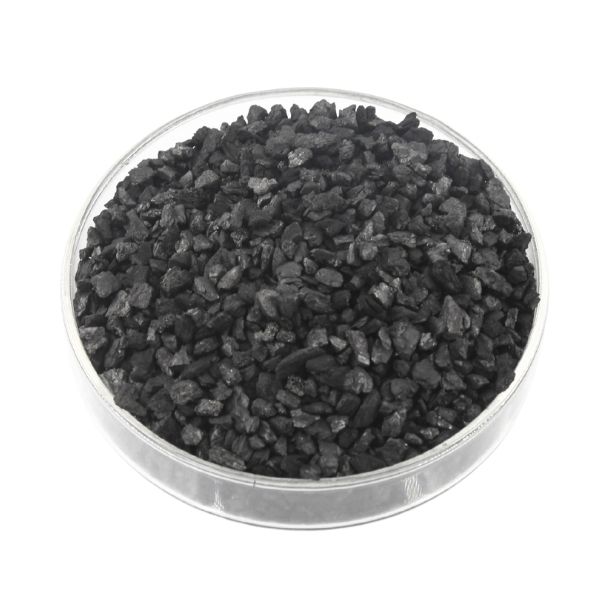
With high mechanical and thermal resistance, it is commonly used in the treatment of industrial wastewater, eliminating organic compounds and odors.
Request a QuoteConclusion
Activated carbon plays a vital role in water treatment, as it effectively removes impurities, chemicals and odors, thus improving water quality. We offer a wide range of activated carbon for water treatment, so if you need more information about our activated carbon products and water treatment services, please do not hesitate to contact us for further information. contact with our team of experts.
Frequently Asked Questions
Activated carbon itself does not contaminate water. If used correctly, it can effectively remove impurities from water and is a safe method of water treatment.
Activated carbon by itself has limited ability to kill bacteria, but silver-impregnated activated carbon can act effectively as a bactericide, inhibiting and killing some of the microorganisms present in the water.
The service life of activated carbon depends on water quality and flow rate. Generally, activated carbon should be replaced every few months or every year, depending on the concentration of contaminants.
